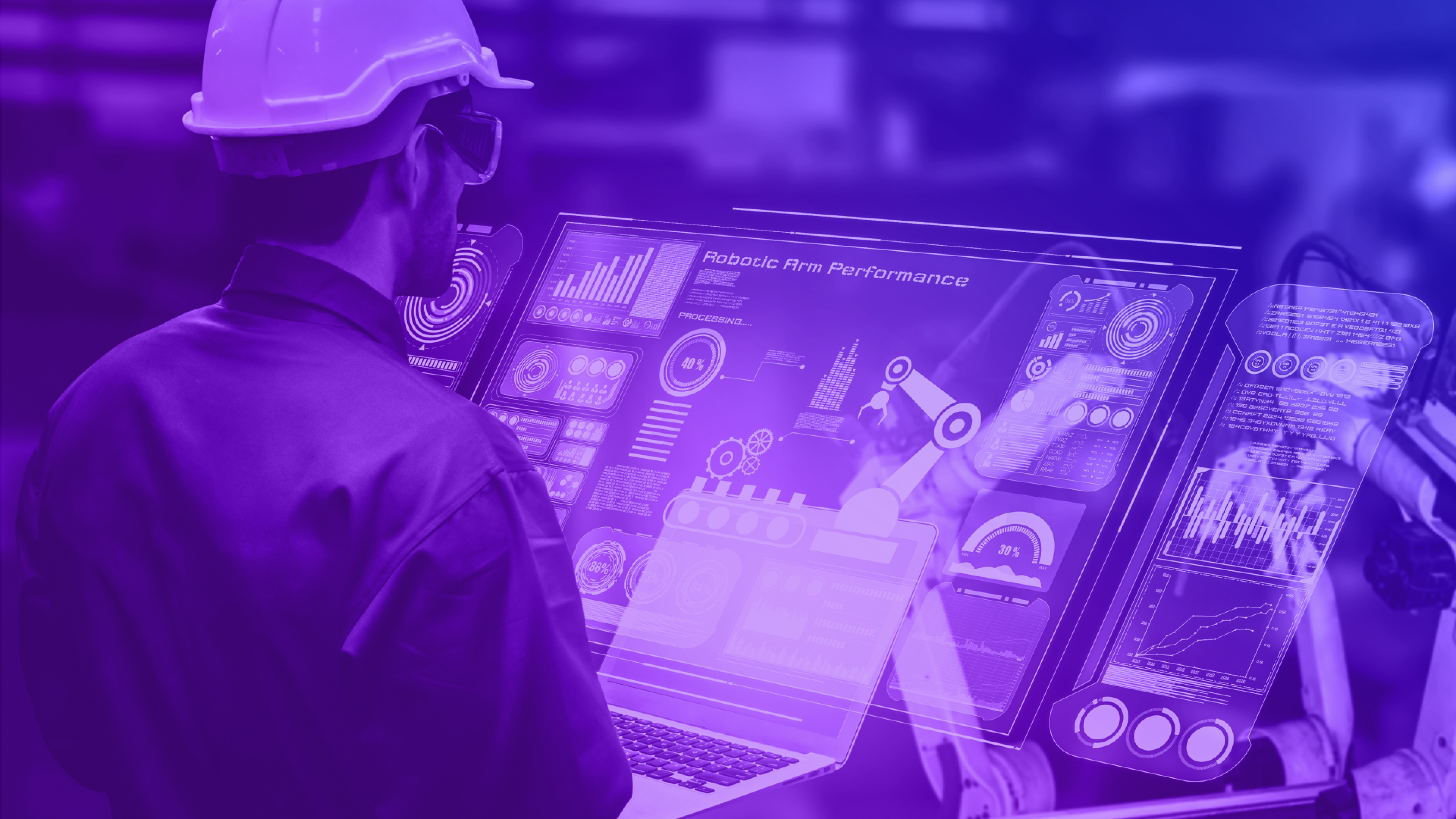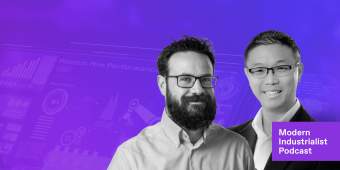Consumer and professional trends in IoT and 3D printing
Modern Industrialist Podcast

Powered by RedCircle
The episode:
Both IoT devices and 3D printing have followed a similar timeline recently: a surge of interest, lots of hype, and now stricter scrutiny.
In this episode, Jason Hehman and Matt Reich discuss where these two technologies are trending, both in the consumer world and in the industrial space.
Listen in as Jason and Matt break down IoT devices and 3D printing (aka additive manufacturing) in terms of value proposition, maintenance, and ecosystem.
Resources:
Learn more about the predictive maintenance system Amazon sells, Monitron
Read “State of IoT 2024: Number of connected IoT devices growing 13% to 18.8 billion globally”
Read “The economics of additive manufacturing are broken — here's how to fix it”
The podcast:
Presented by TXI, The Modern Industrialist Podcast is for technology-focused manufacturing and logistics leaders looking to gain a competitive edge with Industry 4.0 transformation. Join our host Jason Hehman as he brings together experts from companies blazing the path for the IIoT revolution. Topics range from advice to success stories, use cases, solutions, and more.
The experts:
Podcast Host: Jason Hehman, Industry 4.0 Vertical Lead and Client Partner at TXI
Co-host: Matt Reich, Lead Software Engineer at TXI
Summary and themes explored in this episode:
Introduction and Background:
Hosts Jason Hehman, vertical lead for Industry 4.0 at TXI, and Matt Rich, lead software engineer at TXI, introduced the episode focusing on two critical topics: the Internet of Things (IoT) and 3D printing (additive manufacturing).
The episode draws on personal and professional experiences to compare and contrast these technologies.
Current State and Trends in IoT:
According to IoT Analytics’ State of IoT Summer 2024 report, there were 16.6 billion connected IoT devices at the end of 2023. Growth is expected to slow slightly in 2024.
The IoT's consumer space is seeing declining enthusiasm, with examples of "friction" like managing multiple apps for connected devices and a lack of clear value for some smart home devices.
The hosts discuss the need for better integration and standardization for IoT devices, citing frustrations with current offerings.
In contrast, IoT is thriving in industrial settings, where connected devices support operations, including monitoring, digital twins, and optimization, which are essential for minimizing downtime and maximizing efficiency.
Personal Stories About IoT Use:
Jason shared an anecdote about using IoT during Christmas to turn off his oven remotely, highlighting moments when IoT can be truly useful.
Both hosts agreed that while there are benefits to IoT, the hassle and lack of real value in some consumer devices are barriers to broader adoption.
IoT in Industrial Settings:
The industrial IoT continues to show strong potential, particularly in optimizing factory operations and reducing downtime.
A notable example mentioned was Amazon Monitron, which uses aggregated data to predict when industrial machinery might need maintenance.
Introduction to 3D Printing (Additive Manufacturing):
Jason and Matt transition to discussing 3D printing. Despite rapid consumer interest early on, the current consumer market has plateaued, while industrial applications continue to grow.
Consumer 3D printing has evolved, moving from hobbyist setups that required constant tinkering to more user-friendly, automated machines.
Matt's Personal 3D Printing Experience:
Matt shares his journey with 3D printing, describing how new machines that self-calibrate have reinvigorated his interest.
He mentions using 3D printing for practical purposes like creating tool organizers and custom camping equipment, while also printing toys for his kids.
Challenges and Growth in Industrial 3D Printing:
Industrial 3D printing is growing at a compound rate of 20%, but it faces challenges, particularly in economics and scalability.
The technology excels in creating complex, custom parts and replacement components but hasn’t yet replaced traditional mass-production techniques.
The discussion suggests that while industrial 3D printing holds promise, the costs of large-scale production remain a barrier.
Future of Industrial 3D Printing:
The hosts point out that the next frontier for 3D printing may involve more significant investments in infrastructure and education, such as initiatives like the state of Connecticut’s grants and training programs for manufacturers adopting 3D printing.
Jason teases future episodes where deeper dives into 3D printing technology and its industrial implications will be explored.
Final Thoughts and Predictions:
Matt predicts he’ll spend the weekend 3D printing an oxygen mask for his son’s firefighter playset, demonstrating the practical and creative possibilities of at-home 3D printing.
- The episode concludes with an invitation for listeners to subscribe and stay tuned for more discussions on industrial innovation and emerging technologies.
Produced by NOVA Media
Published by Jason Hehman , Patrick Turley in podcasts

Find out how intelligent solutions can accelerate growth for your organization.


